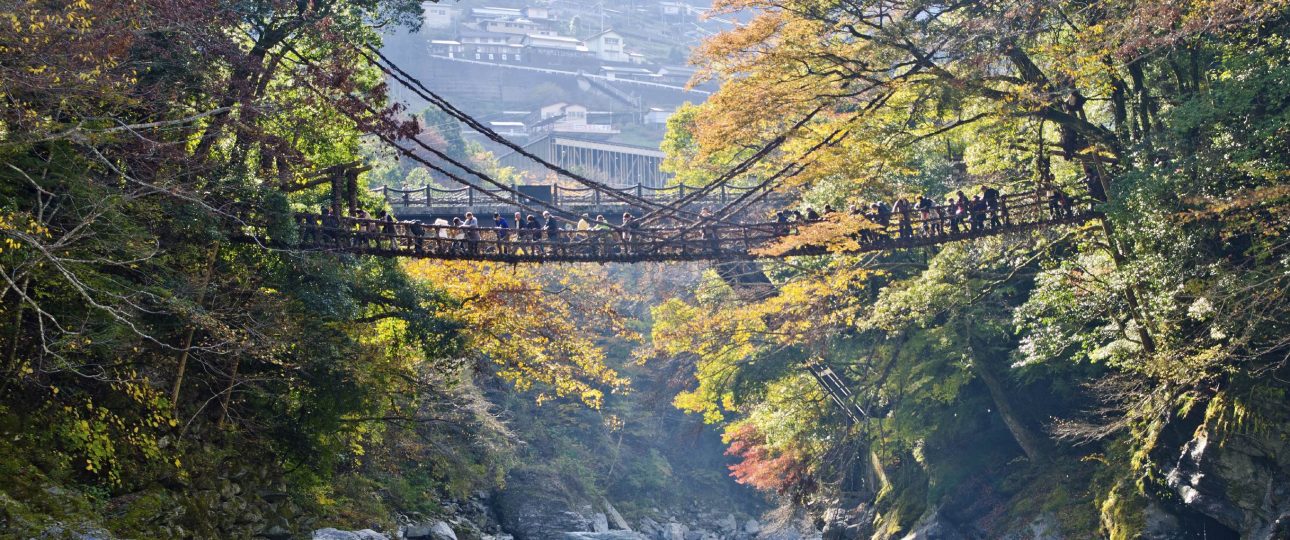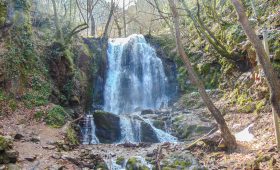Iya Valley: Exploring Japan’s Enigmatic Wilderness
Journey with me to the Iya Valley, a remote and captivating region in Japan’s Shikoku mountains. Known for its dramatic landscapes and rich history, this area offers a unique experience for those willing to venture off the beaten path. Here’s a guide based on my travels, packed with practical tips and insights.
Untouched Landscapes and Cultural Heritage
Iya Valley is a place where nature dominates. The valley is defined by its towering cliffs, dense forests, and the Iya River, which cuts through the landscape. This river, originating from Mount Tsurugi, flows westward for about 50 kilometers, creating a stunning backdrop for exploration.
The valley’s traditional thatched-roof houses, or kominka, are a testament to its cultural heritage. These structures, nestled within the valley’s villages, offer a glimpse into a bygone era. Walking through these areas feels like stepping back in time.
The Vine Bridges
Among Iya Valley’s most iconic features are its vine bridges. These structures, initially created by the Taira clan as a means of escape, are woven from thick vines and provide a thrilling crossing experience. The Kazurabashi Bridge is the most renowned, stretching over 45 meters. Crossing it offers both a test of courage and breathtaking views.
When to Visit
Timing your visit to Iya Valley is crucial. Spring and autumn are ideal. In spring, late March to early April, cherry blossoms transform the valley into a pink wonderland. Autumn, from late October to early November, brings a vibrant display of red, orange, and gold foliage.
Getting There
Reaching Iya Valley requires some planning. The nearest major airport is Tokushima Airport, with domestic flights from major Japanese cities. From there, a bus or rental car can take you to the valley. Alternatively, take the Shinkansen to Tokushima Station and continue by bus or taxi. The journey offers scenic views of Japan’s countryside.
Local Transportation
Once in Iya Valley, transportation options include buses, but renting a car is advisable for flexibility. Be prepared for narrow, winding roads, which require cautious driving. Despite the challenges, the stunning vistas make the drive worthwhile.
Culinary Delights
Iya Valley’s cuisine is rooted in its agricultural traditions. The valley’s small terraced farms produce staples like soba (buckwheat) and potatoes. Soba is served as porridge or noodles, often ground by hand in traditional stone mortars.
Local specialties include ishi-tofu, a dense tofu served in various ways, and konnyaku, a gelatinous delicacy made from yam. A popular treat is dekomawashi, featuring skewered Iya potato, iwadofu, and konnyaku, roasted with miso.
While Iya Valley offers a rich tapestry of experiences, its remote location and challenging terrain may not suit every traveler. However, for those seeking adventure and a deep connection with nature and history, it promises an unforgettable journey.




